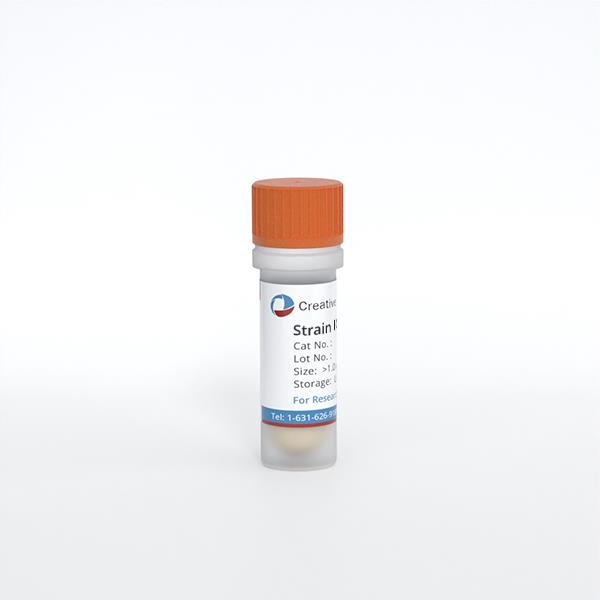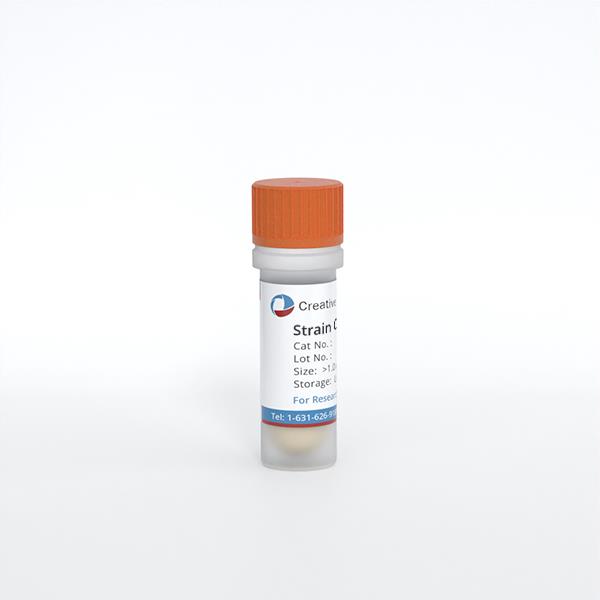Featured Products
- HCC-78
- HDLM-2
- DOHH-2
- L-540
- MX-1
- NALM-6
- NB-4
- CAL-51
- SNB-19
- KYSE-520
- MKN-45
- BA/F3
- MS-5
- HCEC-B4G12
- NK-92
- PA-TU-8988S
- MONO-MAC-1
- PA-TU-8902
- Human Microglia
- Human Hepatic Stellate Cells
- Human Skeletal Muscle Cells (DMD)
- Human Schwann Cells
- Human Oral Keratinocytes (HOK)
- Human Cardiomyocytes
- Human Small Intestinal Epithelial Cells
- Human Colonic Epithelial Cells
- Human Intestinal Fibroblasts
- Primary Human Large Intestine Microvascular Endothelial Cells
- Human Small Intestinal Microvascular Endothelial Cells
- Human Retinal Pigment Epithelial Cells
- Human Hepatocytes
- Cynomolgus Monkey Lung Microvascular Endothelial Cells
- Cynomolgus Monkey Vein Endothelial Cells
- C57BL/6 Mouse Primary Mammary Epithelial Cells
- C57BL/6 Mouse Vein Endothelial Cells
- Rat Primary Kidney Epithelial Cells
- Rat Gingival Epithelial Cells
- Rabbit Lung Endothelial Cells
Our Promise to You
Guaranteed product quality, expert customer support

ONLINE INQUIRY

- Specification
- Q & A
- Customer Review
Cat.No.
CSC-C5413S
Description
The lingual epidermal cells are often mildly sloughed and form a white barrier that mixes with saliva and food debris. The lingual epidermal cells mainly play a role in protecting the internal structure, and also have other functions, such as secreting the stratum corneum, etc.
Mouse lingual epidermal cells from Creative Bioarray are isolated from the mouse tongue mucosal tissue. The method we use to isolate mouse lingual epidermal cells was developed based on a combination of established and our proprietary methods. The mouse lingual epidermal cells are characterized by immunofluorescence with antibodies specific to Desmin or pan-cytokeratin (PCK). Each vial contains 0.5x10^6 cells per ml and is delivered frozen.
Mouse lingual epidermal cells from Creative Bioarray are isolated from the mouse tongue mucosal tissue. The method we use to isolate mouse lingual epidermal cells was developed based on a combination of established and our proprietary methods. The mouse lingual epidermal cells are characterized by immunofluorescence with antibodies specific to Desmin or pan-cytokeratin (PCK). Each vial contains 0.5x10^6 cells per ml and is delivered frozen.
Species
Mouse
Types Organ
Tongue
Recommended Medium
SuperCult® Mouse Lingual Epidermal Cell Medium
Quality Control
Mouse Lingual Epidermal Cells are negative for HIV-1, HBV, HCV, mycoplasma, bacteria, yeast and fungi.
Storage and Shipping
Creative Bioarray ships frozen cells on dry ice. On receipt, immediately transfer frozen cells to liquid nitrogen (-180 °C) until ready for experimental use. Never can cells be kept at -20 °C.
Citation Guidance
If you use this products in your scientific publication, it should be cited in the publication as: Creative Bioarray cat no. If your paper has been published, please click here to submit the PubMed ID of your paper to get a coupon.
Ask a Question
Write your own review
Related Products







